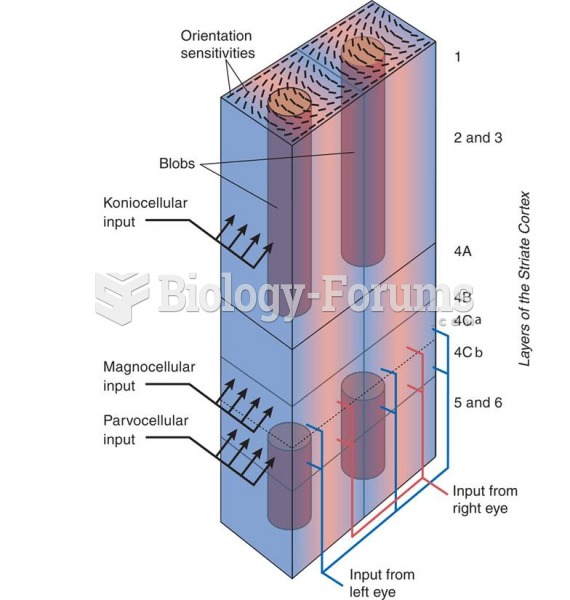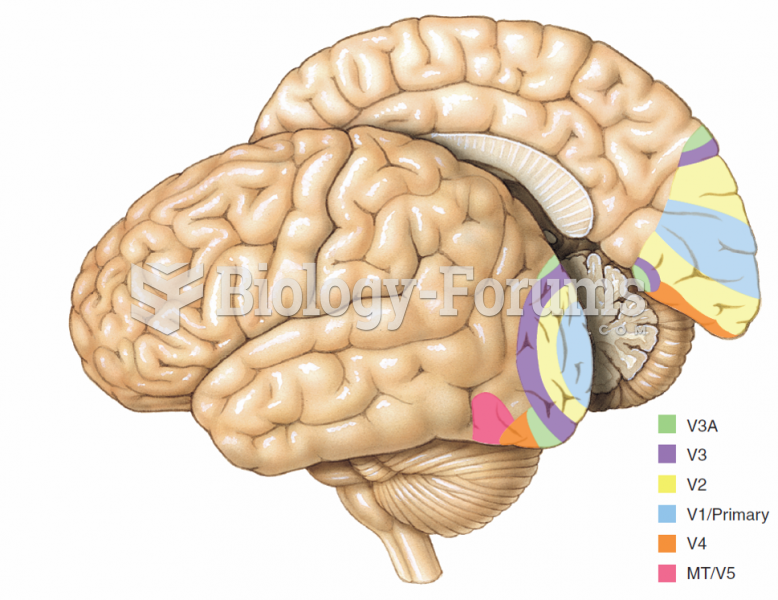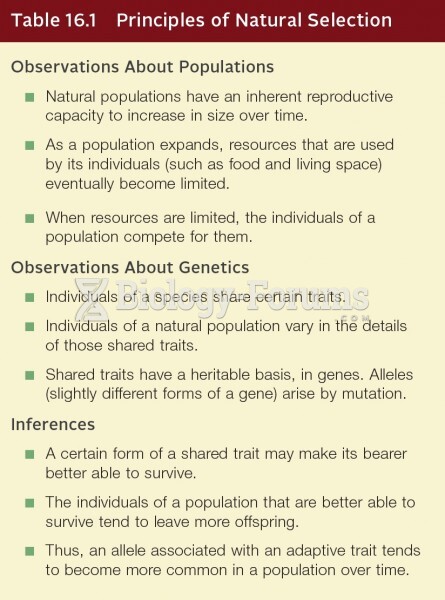Answer to Question 1ANSWER:The
first element of visual design is line.
The next is shape.
The next element is space.
The following element is color.
Another element of visual design is texture.
The final element is ornamentation.
Harmony, one basic principle of design, ensures that individual aspects of the stage
picture (the setting, the costumes, the proper- ties, and lighting relating to it) all relate as
parts of a whole image.
The design principle of variety is necessary in order to avoid monotony. This variety is
achieved through variation in the visual elements.
Balance, another principle of design, may be used to create the desired level of stability
for a stage picture.
The principle of proportion involves the comparative scale of each part to all the others
and selectively may be used to create a variety of impressions.
In rhythm, another principle, lines and shapes may be repeated, the size and number of
objects onstage gradually may be changed to suggest a sense of spatial or temporal
progression, gradations in color may lead the eye from one point to another, changes in
texture and ornamentation may convey a sense of flow and change, and the movement of
the actors may generate feelings of urgency or calm.
In the design principle of emphasis, designers selectively focus audience attention using
the various elements
Answer to Question 2ANSWER:Framed
by a proscenium arch, this type of theatre clearly marks the division between
stage and auditorium.
All of the seats may be on the same level or there may be one or more balconies.
The stage is designed to be seen only from the front.
This trait affects the director's grouping of actors to create stage images and the means
used to achieve emphasis and focus.
The trait also influences actors' bodily positions, movement, gestures, and use of voice and
speech.
Because the stage action is oriented in one direction, the designer frequently uses the back
and sides of the stage for the scenery, entrances, and exits.
Typically, this type of theatre features a fly system for bringing scenery in and out of the
audience's view.
The machinery for shifting scenery can also include hydraulic or pneumatic lifts,
elevators, and turntables or revolves.







